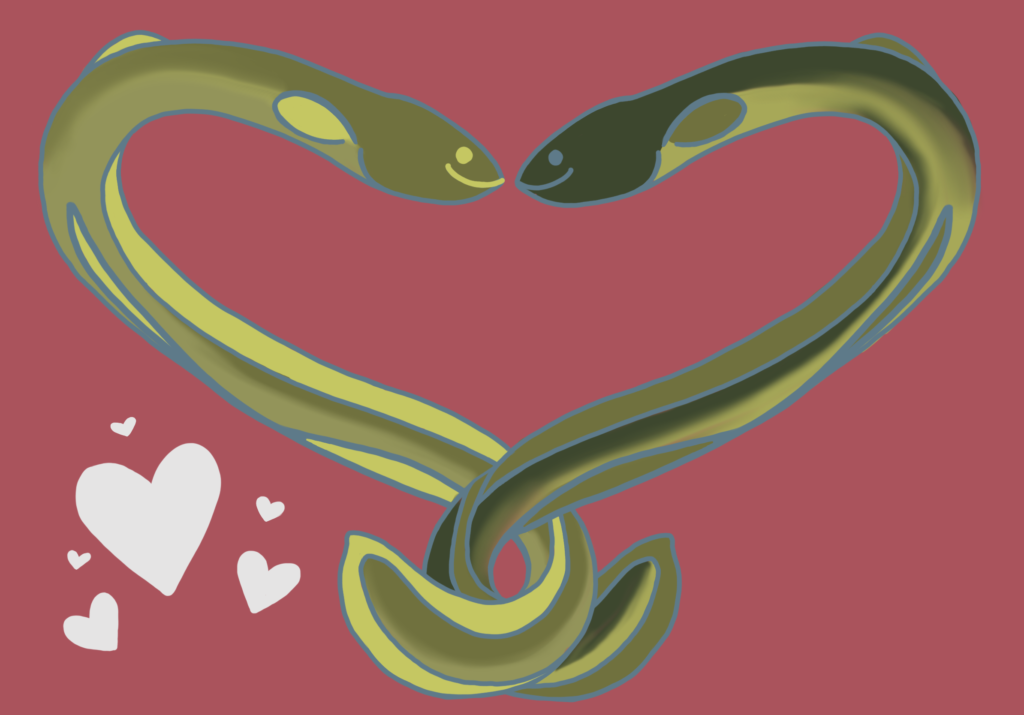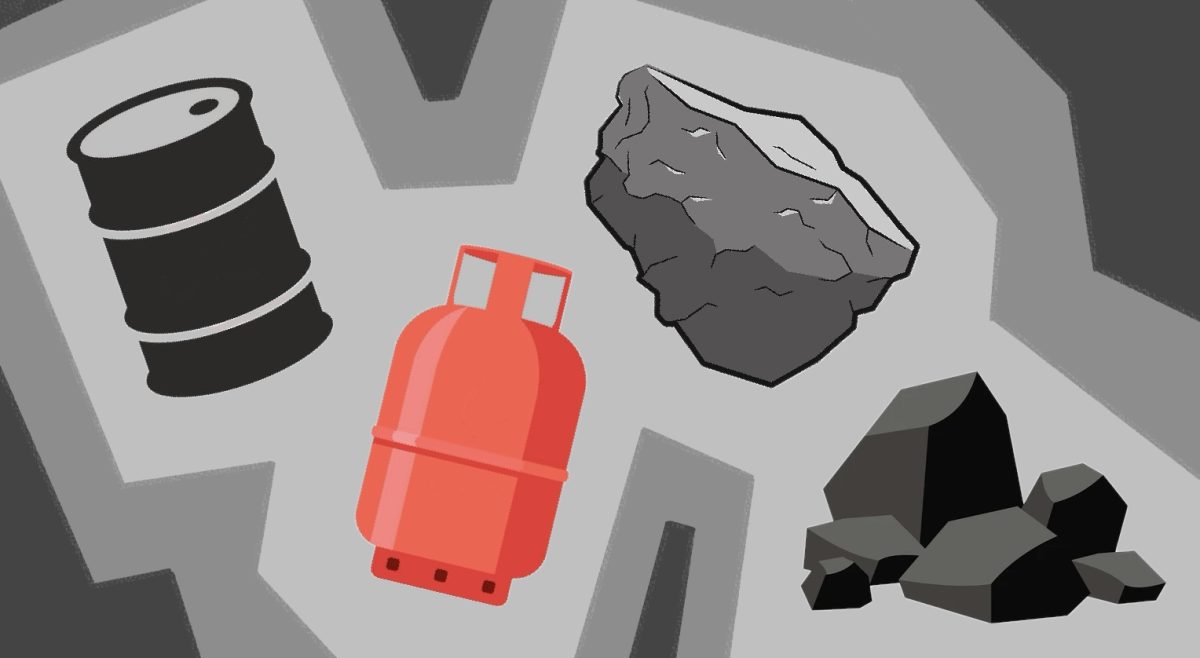No one knows how eels have sex.
Actually, let me be a little more specific. No one knows how European eels (also known as Anguilla anguilla) have sex.
I don’t remember where or when I first learned about this—probably from some pretentious podcast or something—but I think about it semi-frequently. I’m bored riding the Comm. Ave bus? Eel problem. I’m spacing out in class? Eel problem. Searching for an icebreaker? Eel—and I cannot stress this enough—problem.
I’m far from the first person to absolutely lose my mind about this. And let me be the first to say that I’m not making any meaningful contributions—most of my contemplations consist of me having the thought “Okay, but how do we not know?” over and over again until I get tired.
My mental efforts grow even more laughable when contextualized in the pool of people who have contemplated this before me. Some of the greatest thinkers of all time—from Sigmund Freud to Aristotle—have tried their hands (unsuccessfully) at the eel problem. The German biologist Max Schultze even grappled with it on his deathbed, lamenting that “all the important questions … had now been settled … except the eel question.”
It’s been 147 years since Schultze’s death, and despite all of the innovations in science—we’ve done surgery on a grape, landed on the moon, and figured out that Viagra cures jet lag in hamsters—we still don’t know how eels have babies.
I’ve never looked at or inside a European eel (or any eel for that matter), but apparently if you do you won’t see ovaries, testicles, eggs, or milt. Aristotle’s bold solution was that eels just appear from mud (This is now number one on my list of reasons why Aristotle is the greatest philosopher of all time).
Eventually scientists figured out that an eel’s reproductive organs only develop in the last phase of a five-part metamorphosis: larvae, miniscule glass eels, elvers, older yellow eels, and, finally, adult silver eels. Thinkers like Aristotle had understandably assumed these were all different animals, rather than phases of one being’s life cycle. Now we know that during the silver stage, the eel’s stomach dissolves before their reproductive organs develop, meaning that eels die soon after reproducing (and making figuring out this whole thing that much harder).
To this day, though, no scientist has observed an eel mate in the wild or found an eel egg. The closest we’ve gotten is finding some larvae. And we still have no idea how fertilization happens. Some scientists think it happens externally, with a sperm cloud fertilizing free-floating eggs, but others disagree. The eel problem remains.
In college, we mostly focus on solvable problems. We balance chemistry equations and bubble in scantrons asking us to recall historical events. Even in philosophy classes, we have to prove we’ve memorized the theories of Plato’s Republic and Hobbes’ Leviathan. In a lot of ways, this makes sense. Professors can and should measure what we’ve learned and how well, even as we are taught strategies of thinking and theorizing and experimenting.
But, at least for me, the proliferation of solution-oriented questions can create a false sense that not knowing something is unequivocally bad. Not having an answer, more than just being embarrassing, feels potentially injurious. It can hurt your class grade, which can hurt your GPA, which—if you let yourself thought-spiral long enough—can translate to diminished chances at having the post-grad life you’ve been hoping for.
Unsolvable and yet-to-be-solved problems—like, in this fairly ridiculous instance, eel sex—offer an important reminder that sometimes not knowing is not only okay, but inevitable.
Contemporary scientists studying the eel problem have picked up a torch carried by thousands of people. The same is true for those who contemplate if God is real, where all the antimatter went, the meaning of life, the best form of government—the list goes on. Persistent problems and the solutions that evade us are woven into the very fabric of the human experience.
Not knowing is part of who we are.
Think about THAT the next time you tank a reading quiz. Just kidding. Kind of.
Seriously, though, it’s a beautiful reminder of our humanity that, in a world where we’ve split the atom, edited genomes, and bred weird tiny dogs that look like they’re one light pat away from collapsing, eel sex eludes us.
I hope it always does.
(But also, if anyone finally figures out how these eels are doing it PLEASE let me know. I’m dying for answers.)
Featured Graphic by Meegan Minahan / Heights Editor













